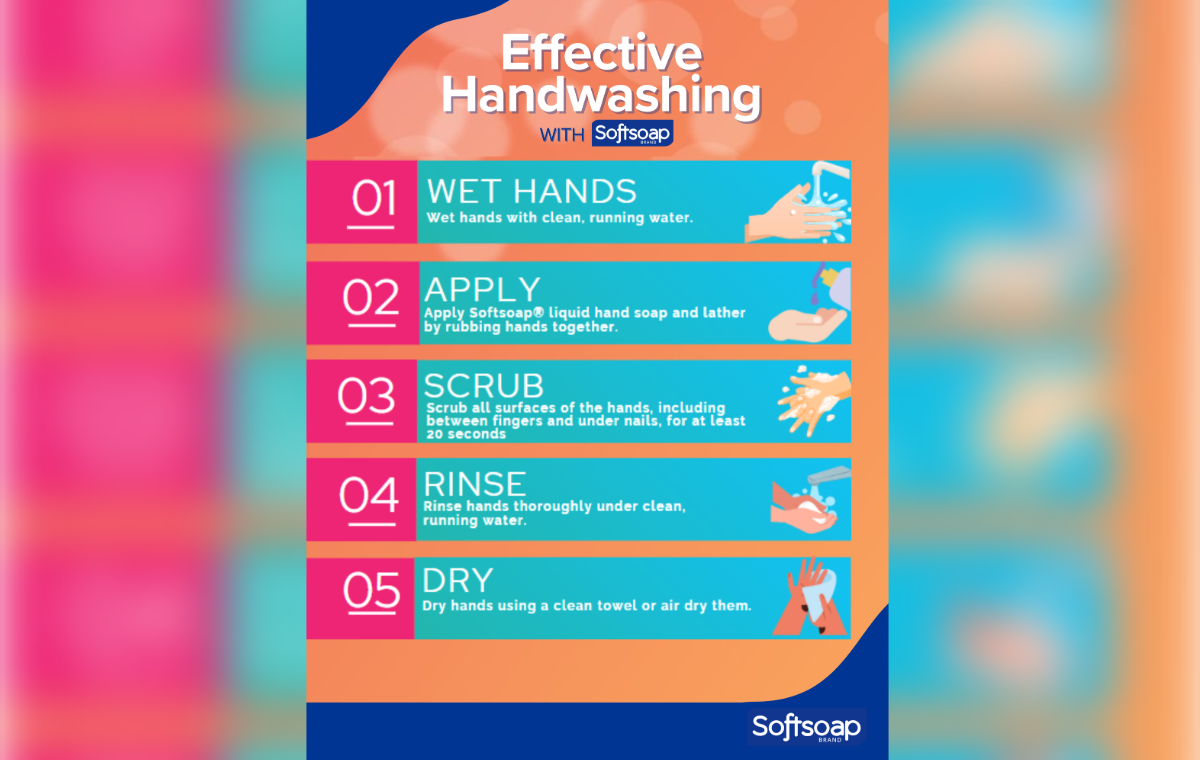The education landscape is undergoing significant changes as we move through 2024. Understanding and adapting to these trends is essential for K-12 school systems to address and overcome various challenges including recruitment, budget constraints, evolving purchasing behaviors, and the emphasis on employee wellness.
Teacher Recruitment and Retention Challenges
The Issue:
Recruitment and retention of essential personnel—such as teachers, custodial staff, and food service workers—are major concerns for K-12 institutions. According to recent GP PRO proprietary research, 41% of K-12 decision-makers cite teacher recruitment and retention as a top concern. Schools are even hiring less qualified candidates just to fill classrooms.
The Impact:

This staffing crisis creates a ripple effect, impacting the quality of education and overall school operations. It also places additional stress on existing staff, exacerbating burnout and contributing to high turnover rates.
Strategic Solutions:
Employee Wellness Programs: Investing in wellness initiatives can boost job satisfaction and retention.
Outsourcing Custodial Duties: This can alleviate some of the operational burdens and allow schools to focus on core educational activities.
Streamlining Vendor Vetting Processes: Simplifying procurement can save time and reduce stress for administrative staff.
Balancing Quality, Cost, and Convenience
The Issue:
Budget constraints and inflation are pressuring K-12 school districts to find a balance between quality, cost, and convenience. With dwindling COVID-19 relief funds and stalled voucher programs, managing budgets has become even more challenging.
The Impact:
Decision-makers are increasingly focused on the cost-in-use of products and services. This means they are redefining value, seeking solutions that offer long-term benefits and efficiency.
Strategic Solutions:
Co-op Procurement: Leveraging cooperative purchasing agreements can help schools realize cost savings without compromising on quality.
Balancing Needs vs. Comfort: Decision-makers are learning to differentiate between essential needs and comfort items to stay within budget constraints.
Evolving Purchasing Behaviors
The Issue:
The K-12 segment has seen a notable shift in purchasing trends due to resource reductions, millennial mindsets among decision-makers, and pandemic-induced changes.
The Impact:

Online Purchases: 63% of decision-makers now prefer buying supplies through exclusive online retailers compared to five years ago. (GP PRO proprietary research)
Mental Health Crisis: The strain on both students and staff is prompting schools to prioritize value in their purchases, focusing on products that offer the best return on investment.
Strategic Solutions:
Policy Changes: Updating procurement policies to favor exclusive e-commerce partners like Amazon can streamline purchasing processes.
Elevating Employee Wellness and Productivity
The Impact:
The emphasis on boosting employee well-being and job satisfaction continues to grow. Schools are actively seeking solutions that enhance productivity, usability, and minimize maintenance and refill durations.
The Impact:
Wellness programs and mental health support are no longer optional—they are essential for maintaining a productive and satisfied workforce.
Strategic Solutions:

Employee Wellness Programs: Offering mental health support and promoting awareness can significantly enhance staff retention and productivity.
Outsourcing Custodial Duties: This strategy can reduce the workload on in-house staff, allowing them to focus more on educational responsibilities.
Efficiency Improvements: Implementing operationally efficient solutions can help solve staff shortages and improve overall productivity, especially for cleaning and sanitation tasks. From restrooms to cafeterias and other key areas, GP PRO offers a range of solutions that can help boost efficiency, reduce costs and improve sustainability. Brands like Pacific Blue Ultra®, Dixie®, and SofPull® are perfectly suited for K-12 needs.
Adapting to these trends is crucial for businesses looking to serve the K-12 education segment effectively. By understanding the challenges and opportunities in areas such as recruitment, budget management, purchasing behaviors, and employee wellness, businesses can tailor their offerings to meet the evolving needs of K-12 institutions.
By keeping an eye on these trends and strategically addressing them, businesses can position themselves as valuable partners of K-12 institutions, driving mutual success in this dynamic sector. Expertise and innovative solutions can help navigate these trends and achieve goals.
This content was provided by GP Pro.






